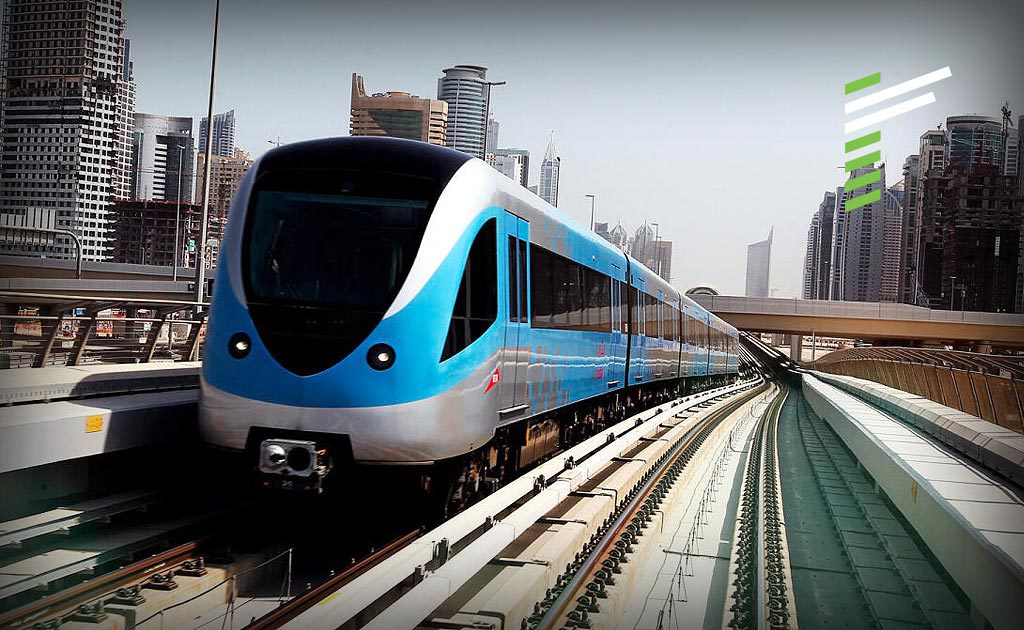Background
The construction industry is a vital sector that plays a significant role in economic development, as it creates physical assets and contributes to the growth of various other industries.
The industry employs a wide range of professionals, including architects, engineers, project managers, construction workers, electricians, plumbers, carpenters, masons, and many others. Technology has also become increasingly important in the construction industry, with the use of Building Information Modelling (BIM), drones, robotics, and other innovative tools improving efficiency and accuracy in project execution.
Our client is one of the biggest domestic building contractors in Europe, operating in 11 countries with a workforce of 13,000 employees. The client became part of a joint venture commissioned with the construction of metro lines in the Middle East.
Therefore, we were brought in to perform a 12-week rapid intervention project and help the client increase labour productivity on the fabrication of pre-cast components (referred to as slabs) where the track will be installed. To achieve that goal, we:
- Reviewed the current manufacturing flow from which was developed a best sequence of work
- Established standard times for every step through the process
- Investigated bottlenecks and assessed how performance/output could be improved.
- Reviewed crewing levels of the sub-contracted labour (more than 350 people), the management structure, and spans of control.
Project Approach
The first 4 weeks were dedicated to identifying opportunities, practicalities, and benefits with local management. A significant number of diagnostic studies were conducted related to work content, ratio delays, Day in the Life Of (DILO) and cycle time for all the steps involved in producing the precast slabs.
At the same time, we established a baseline of historical operating levels, defining hours spent per slab fabricated. This then formed the method to track the progress against the targeted improvements. We also carried out trial runs for the adjustment of manpower, following the agreed recommendations.
Engagements took place with all levels of supervision once we reached an agreement with senior management, from general foremen to subcontractor team leaders. The purpose was for them to review the studies, propose a new sequence of work, and recommend manpower levels for their respective areas.
The steering committee endorsed all proposals and agreed officially kick off the implementation by week 6 of the project.
Project Implementation
Implementation was a combination of reducing manpower in the identified areas, revising the work sequence to optimize the crewing utilization, and enabling future increases in production.
We placed particular emphasis on what had previously been bottlenecks, maximizing labour input at the most appropriate points, removing lost time elsewhere, and speeding up the overall throughput time.
A review of the supervisory/general foremen management structure had previously been carried out. The outputs from this exercise, in conjunction with the efficiencies created during implementation, resulted in a recommendation to reduce supervisory headcount by 33% with no loss of control at any stage of the process.
The following steps were conducted to ensure that implemented practices were sustainable and remain in the precast factory:
- Final manpower recommendations area by area, including the maximum volumes they can produce with these crewing levels.
- Implementation timelines for unrealized recommendations due to protracted ongoing discussions with labour-supply subcontracting organisations.
- Fortnightly operating reviews to ensure the already-realised benefits would remain in place.
- Remodelled layout for one area within the production line to facilitate the upcoming volume increase.
Key Results
13.5%
Reduction in cost per unit produced
20.7%
Efficiency improvements identified
10.5%
Reduction in direct manpower
11.1%
Increase in production without manpower increase
Our primary goal was to help the client improve efficiency reduce operational costs. As there was already a considerable quantity of finished goods available, the focus of implementing the new recommendations was on optimizing the actual hours spent per slab fabricated.
We met all our objectives. As a result, the client’s work on the metro lines was bolstered by a more robust management control system to ensure these improvements are sustained — and that further improvements can be achieved without the need for external assistance.










